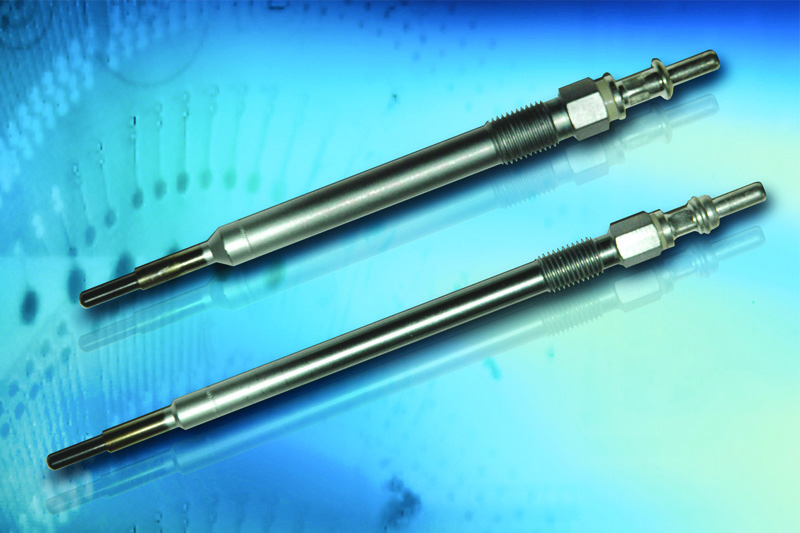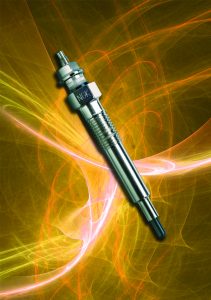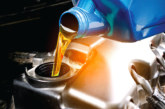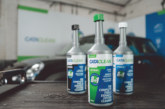
With diesel-powered vehicle sales now under severe pressure from environmentalists and politicians, now is a good time to investigate the role of glow plugs and look at how distributors can maximise sales, says NGK.
Sales of diesel cars were a massive 21.3% down in August, representing a market share of 39.6% of the month’s sales compared to 47.2% for the corresponding month last year, and for the months January to August 2017 were down by 11.5% compared with the same period in 2016.
Diesel has obviously undergone a huge amount of change in recent years. Although technology has moved on, the glow plug is essentially doing the same job that it always has done, by raising the temperature inside the combustion chamber so that we can achieve stable combustion.
Unfortunately, replacement data is unavailable as glow plugs are not a service replacement item in an engine and no mileages or time recommendations for change are made by the vehicle manufacturers.
Consequently, they are only changed predominantly when a starting issue is present or if the engine management light comes on, which is traced to a failed glow plug.
Stocking tips
Ignition specialist NGK Spark plugs has issued some stocking tips for motor factors and advice on what is the right plug to sell to their customers.
Tim Howes, Deputy General Manager – Supply Chain & Technical Service, NGK Spark Plugs, said: “Because the glow plug is now a vital part and parcel of the engine management system, as with most other components, it has never been more important to ensure that the installer is fitting the correct specification item. You cannot go for a ‘budget’ alternative nowadays because the engine management system can pick up very quickly the fact that it is incompatible with the engine management system and OBD.
“The OBD system will find fault with the item if it is not to the correct specification and the performance of the vehicle will suffer. My advice is always to fit a plug that was manufactured to OE specification – as all NGK plugs are. For the factor, one thing to bear in mind is that it is virtually impossible to offer an alternative part – even from within the NGK range – if you have not got a specific item in stock.
“All NGK glow plugs are directed at what we consider the premium end. They are all manufactured to OE specifications or above. We are not in the business of producing cheap components just to gain market share. Our ‘Fit & Forget’ philosophy means that we will only test specific parts against specific applications when we are absolutely 100% sure that they are entirely suitable for the vehicle. This philosophy is one of the reasons why NGK has been so successful, not only with spark plugs, but with glow plugs as well.
“Glow plugs are not like a spark plug where you can offer an upgrade. With the glow plug it has to match the OE specification which the NGK offering always does.”
Mark Hallam, NGK Spark Plugs Marketing Manager, added:
“Our glow plug range is second to none and our distributors and their garage customers can be safe in the knowledge that they are selecting a brand that is the UK aftermarket’s number one fitment glow plug range.”
Living up to expectations
NGK says the demands placed on the glow plug have become extremely severe and the performance expected is significantly higher than in the past.
Tim Howes said: “The technologies that have evolved have been a direct response to those demands. We are reaching the point where we are trying to get the temperatures up in the combustion chamber so very, very quickly that there is no discernible delay between putting the key in the ignition and actually starting the engine with little or no smoke emission – even at extremely low ambient temperatures.
“You have, therefore, now got several technologies from the standard metal glow plugs to the latest generation NHTC (New High Temperature Ceramic) types and the AQGS (Advanced Quick Glow System) plugs. Ceramic glow plugs, though a little more expensive, are increasingly being selected by the OEs because of their extremely short pre-heating and long post- heating ability, in conjunction with an acceptable service life under particularly high duty cycle requirements.”







